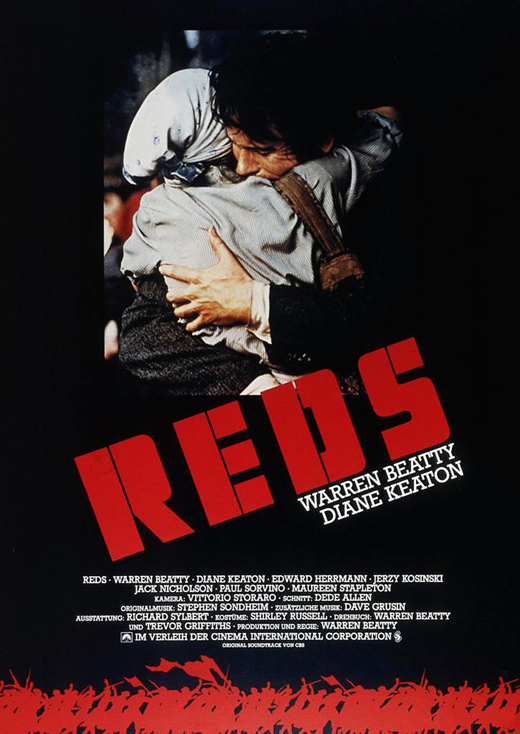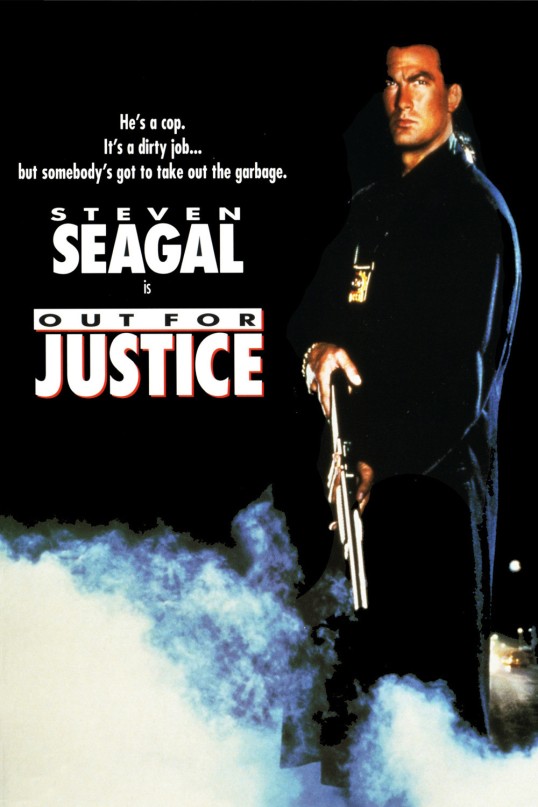The Last Gathering of Hidden Leaves or The Hagakure: My Summation
Let’s cut to the chase shall we?
Recently a friend pointed out that the way I was approaching The Hagakure was akin to me writing a book report. She thought I should read it and then give my thoughts on the book and what I took away from reading it. At first I scoffed. “I have to do this my way” was my response. I had been reading The Hagakure a few chapters at a time and digesting them mentally and then spitting out what I read in a simplified format. My way of reading and summarizing was actually hindering my own progress in reading the book itself, as I began to see it as a chore. Then, suddenly, I woke up one Saturday morning at 5 to go to the bathroom and found myself wide awake with nothing to do and there it was, staring at me. By 7AM I had finished The Hagakure and began making a few notes here and there. I began going over in my head what I wanted to say so I could close the book, both literally and figuratively, on The Hagakure. I have struggled with this book. It is not light reading and not a book to be be taken up on a whim. It is serious in terms of what it is trying to get across, even if much of what is in it is brief parabolic anecdotes. Yamamoto Tsunetomo is great at telling small stories that illustrate how a retainer should act and live but as a teacher, he falls somewhat short. It is all well and good to tell story after story but Tsunetomo expects everyone reading to be able to relate at how each little parable he throws out relates to Bushido. The problem is Bushido is as much a personal thing as it is an actual formal code of honor and behavior. It is up to the practitioner to determine how he interprets Bushido. Thus The Hagakure is Tsunetomo’s interpretation and his alone.
Yes, there are the tenets of Bushido1 but how Tsunetomo sees something like Benevolence or Honour isn’t necessarily a Universal Truth on those tenets. The Hagakure is by no means the textbook on how to be a Samurai or even a good vassal. It just represents one man’s ideal representation of the subject. Tsunetomo served one Lord his whole professional life and when his Lord died Tsunetomo chose retirement over serving that Lord’s successor. Thus Tsunetomo concept of Bushido was served in his mind and his mind alone. The fact that Tsunetomo chose to write about his views, and in so doing chastise those whose behavior he didn’t agree with, clearly demonstrates his passion in his way of thinking but it does not represent how all Vassals viewed their relationship with their Lord. It is just one man’s opinion. It doesn’t mean he was the only one that thought this way but it doesn’t mean that everyone else thought that as well.
The Hagakure is NOT the be all, end all “How To” manual on being a Samurai/Retainer. It is a personal philosophy on the subject, that’s all and nothing else. In some respect, Tsunetomo has a form of tunnel vision in trying to hammer his stories home to illustrate his philosophy. Some are more successful than others. Some are even less so. The Hagakure didn’t exactly set the world on fire after Tsunetomo’s death. That isn’t to say it wasn’t studied, it just wasn’t as revered. It was elevated as a text during the Imperial Era (1868-1945) after both The Edo Period (The Tokugawa Shogunate) and The Meiji Restoration ended. That means it rose to prominence with the industrialization and military rise of Japan. One can read into that if they wish, but I think it may speak volumes. Volumes, on how after over 250 years2 of the Samurai class being transformed from a warrior caste to an administrative caste, that the newly industrialized nation of Japan began looking at The Hagakure differently and how the Imperial Army used it as a tool to transform a subdued populace into a military machine for close to 80 years. Of course that’s just one way of looking at it but it makes a certain degree of sense. I’m not saying that The Hagakure was responsible for the bombing of Pearl Harbor or any such thing, but I can see how making every man that joined the Imperial Army read The Hagakure can make understanding the concept of Filial Piety in regards to military command structure3 appealing to a people whose stock in the world was on the rise.
The question is: What did I take away from reading The Hagakure?
That is a question without an easy answer. I get what Tsunetomo was writing about. I understand his point of view. I don’t necessarily agree with everything he says because he has a very rigid concept of the Lord/Vassal relationship. He comes across as inflexible and not open to new ideas. Tsunetomo was living in at the beginning of the Edo period, when the old Samurai ways, those of the warrior, were being transformed. The Tokugawa Shogunate was taking power away from the feudal warlords to create a more stable and centralized government. Tsunetomo, based on my reading of The Hagakure, comes off as something of a relic in terms of how the social order was changing. This despite the fact he was born 59 years after the Battle of Sekigahara4, thus demonstrating that despite the changing times he was really was born in the wrong era of Japan. He was a Sengoku Samurai born into the Tokugawa Shogunate. The thing is, the respect I get for Tsunetomo from reading his treatise on being a Vassal to a Lord is immense. He was dedicated fully to his cause. One service to One Lord. Read up on the time before the Shogunate, there was so much political maneuvering and betrayal that for Tsunetomo to remain loyal to serving one man almost seems like a radical concept after Tokugawa Ieyasu took power.
I think what I take from The Hagakure and Tsunetomo as a person is that being Loyal is its own reward. Loyalty not just to a Lord but Loyalty to yourself and your ideals. Tsunetomo didn’t just spout platitudes about Loyalty. He lived, ate and breathed Loyalty. In my own life I strive to be loyal to my Friends, My Family and myself. It isn’t as easy as you might think, especially when one is as plagued by so much self-doubt and crisis of consciences as I am. But I look at Tsunetomo and I hold him up as a paragon of the Virtue of Loyalty. I want to strive to as Loyal as he was in all facets of my being. The difference between us lies in the fact Tsunetomo’s Loyalty would never allow him to openly disagree with his Lord. I do not have Tsunetomo’s self-control, his discipline and his unwavering will to master the tenets of Bushido. What I can do though, is use the Tsunetomo model of Loyalty and hold it as an Ideal. I can use his Loyalty as a metaphorical window so I can gaze at the other tenets and hopefully gain a better understanding of them, of life and of myself.
This is what I have taken away from The Hagakure. Again, what works for Tsunetomo as a code of living is not something that might work for me but I’ve walked away from reading the book in question understanding the man who wrote it a little better and in turn might even understand myself better in the long run.
1 Rectitude, Courage, Benevolence, Honesty, Honour and Loyalty
2 265 Years actually from Edo Period – Imperial Period
3 I make it sound like The Hagakure is some sort of brainwashing manual but that isn’t my intent.
4 Oh for… Wikipedia is right there people! It can be an actual reliable tool! Otherwise open a damn book!













